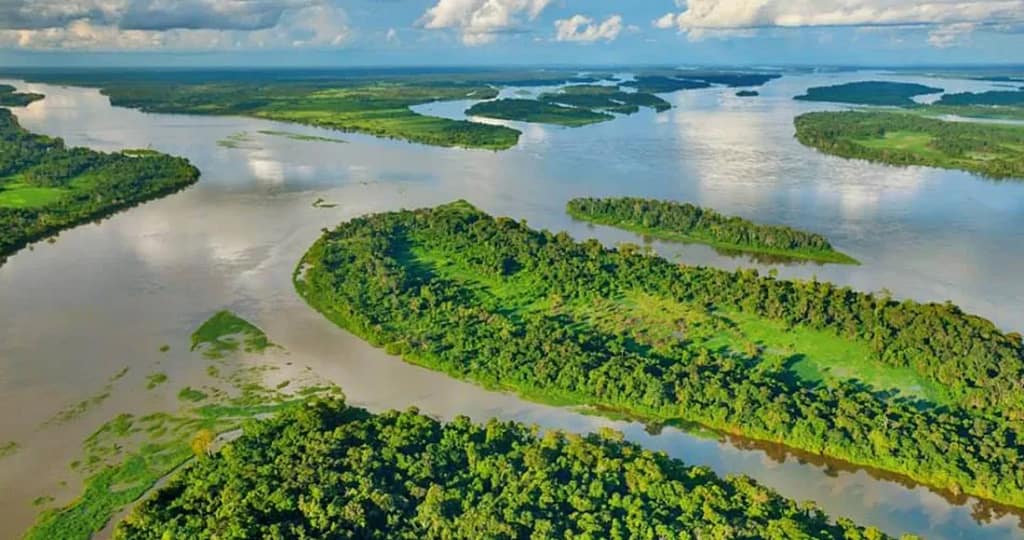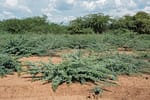The Congo River has been established to be 560 kilometers longer than previously estimated. According to Liu Shaochuang, a researcher from the Aerospace Information Research Institute of the Chinese Academy of Sciences, the river is 5,260 kilometers long, and not 4,700 kilometers.
The Nile, Africa’s and the world’s longest river is estimated to be 6,650 kilometers long.
Xinhua news agency reported that the scientist used satellite remote-sensing technology to measure the length of the river and also pinpoint its source.
Since the early 19th century, documented lengths of the River Congo varied widely across literature, ranging between 4,320 and 4,700 kilometers. To accurately determine the source and length of the river, Liu analyzed satellite remote-sensing images of the Congo River and its tributaries and conducted two on-site investigations in the source area.
“Different literature often cites conflicting lengths for the same river, sometimes differing by hundreds or even thousands of kilometers. Key factors affecting measurements include the source’s location, data sources, and measurement methods,” said Liu.
“In the past, outdated techniques and reliance on traditions or legends shaped our understanding of river sources. With advancing technology, we must apply modern standards to redefine these sources and update river length data,” he said.

Liu believes satellite remote-sensing is the most effective tool for identifying river sources and measuring lengths, as it provides comprehensive coverage of entire basins.
Internationally, the principle of “the farthest tributary with perennial flow” governs source determination. Using this approach, Liu has combined satellite imagery with field surveys to redefine the sources of over 20 major global rivers, including the Yangtze River, the Yellow River, the Nile, and the Amazon.
The Congo River is the second-longest river in Africa, after the Nile, and is the third-largest river in the world by discharge volume. It originates in the highlands of northeastern Zambia between Lake Tanganyika and Lake Nyasa and flows in a giant arc, ultimately draining into the Atlantic Ocean. The river is also the world’s deepest recorded river, measuring around 220 meters (720 feet).
The river is a lifeline for the region, supporting a vast ecosystem, including the world’s second-largest rainforest after the Amazon, and supporting various industries like fishing, agriculture, and hydroelectric power. It is home to a wide variety of plant and animal species, including at least 700 fish species.




